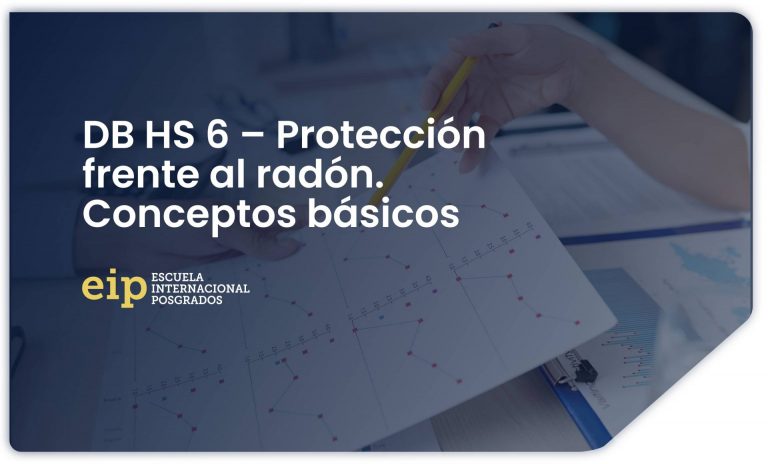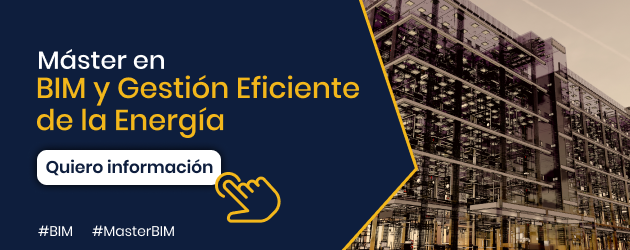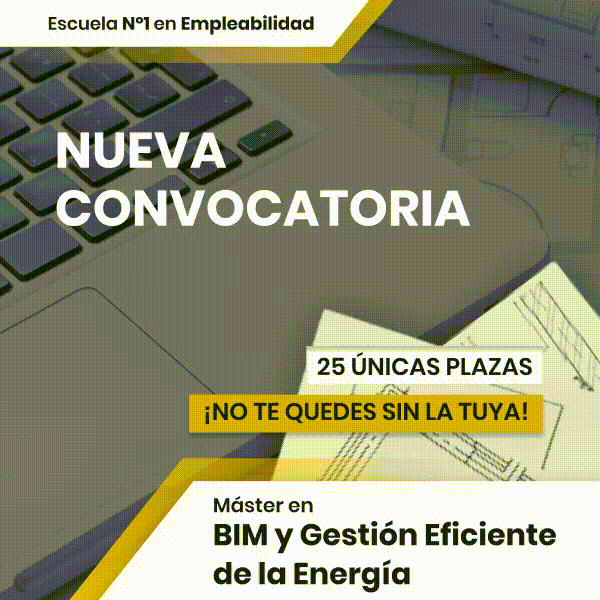Definition of radon gas.
Radon is a radioactive gas of natural origin which can be found in high concentrations in indoor spaces, such as homes and workplaces. It is a radioactive gas colorless, odorless and tasteless. It is produced by natural radioactive decay of uranium present in soils and rocks. Water can also contain radon.
Radon easily emanates from the ground and enters the air, where it decays and emits other radioactive particles.
The unit of measurement of radon concentration is Bq/m3 (becquerel per cubic meter).
Its average concentration in free air varies from 5 Bq/m3 at 15 Bq/m3, but in closed spaces it is higher, especially in poorly ventilated places. Mines, caves and water treatment plants are some of the places where the higher levels. In buildings such as homes, schools and offices, their concentrations range between 10 Bq/m3 and more than 10,000 Bq/m3. Given the properties of this gas, occupants of such buildings could be living or working with very high levels without knowing it.
Its effects on health.
He radon is one of the main causes of lung cancer.
The first time this effect was detected was when an increase in the rate of lung cancer was found among uranium mine workers exposed to high concentrations of radon. Additionally, studies in Europe, North America and China confirm that, even at low concentrations such as those found in homes, radon also poses health risks and causes lung cancer worldwide.
The risk of this cancer increases by 16% with each increase of 100 Bq/m3 in the long-term average radon concentration. It is known that the dose-response relationship is linear, that is, the risk of lung cancer increases proportionally to the increase in radon exposure.
Why do we now take it into account in construction?
Through the Basic Health Document, Protection against exposure to radon one of the obligations addressed to the European Member States and included in the Directive 2013/59/EURATOM, which establishes basic safety standards for protection against the dangers derived from exposure to ionizing radiation, such as the establishment of national reference levels for radon concentrations in closed spaces, as well as the adoption of appropriate measures to limit the penetration of radon into buildings.
What is the strategy to deal with radon?
In new construction, a series of Minimum requirements to prevent radon gas from entering the living space:
TO. Installation of protection barriers (sheet type barriers with a diffusion coefficient against radon less than 10-11 m2/s and a minimum thickness of 2 mm) in the parts of the building that are in contact with the ground (foundation, basement walls, etc.)
b. Execution of ventilated air chambers.
c. Land depressurization. (The land depressurization system will be configured through a network of collection elements, formed by manholes or perforated tubes installed in a layer of granular filling that favors air circulation, located under the building, connected to an extraction duct and a mechanical extraction system.)
In interventions in existing buildings to prevent radon gas from entering the living space, the following measures will be carried out:
d. Sealing of enclosures. (The cracks and joints of these enclosures will be sealed to minimize the diffusion of radon gas into the living space.)
AND. Improved interior ventilation.

































